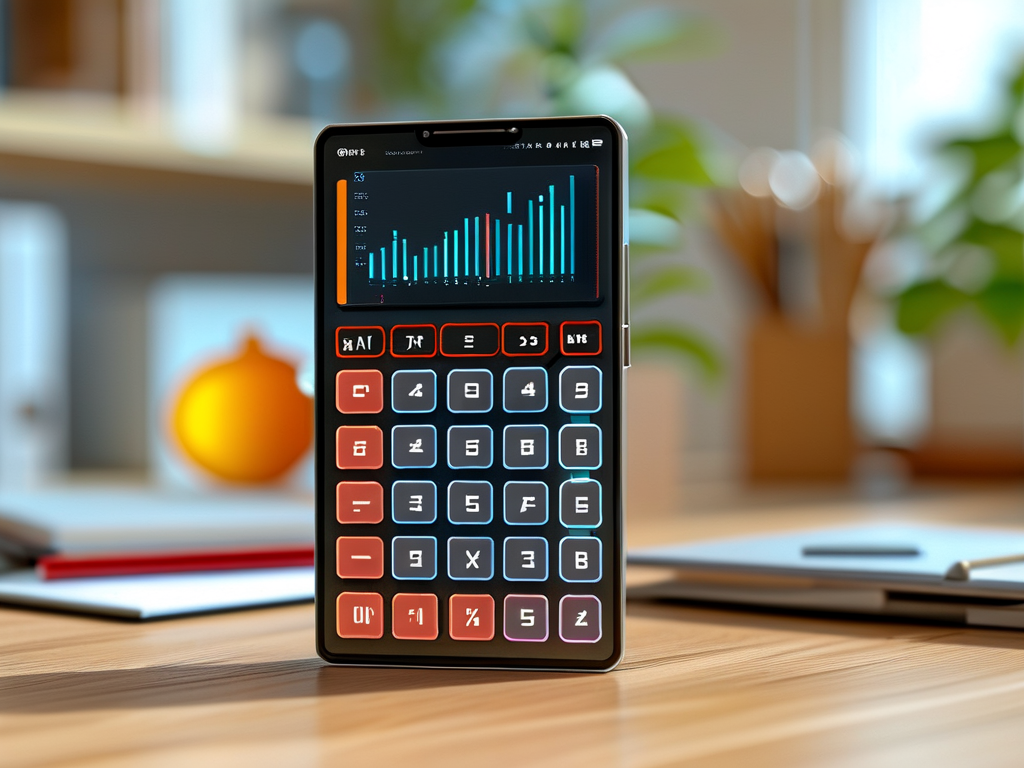As one of the world's most widely used social platforms, WeChat has consistently prioritized performance improvements to meet growing user demands. The latest memory management upgrade, rolled out quietly in version 8.0.48, addresses long-standing concerns about app bloat and resource consumption. This overhaul not only optimizes background processes but also introduces adaptive caching mechanisms tailored to different device capabilities—a move that could redefine how mobile apps handle memory in fragmented hardware ecosystems.

Technical Innovations Behind the Scenes
The update focuses on three core areas: background task throttling, intelligent cache prioritization, and dynamic resource allocation. Unlike previous iterations that applied uniform memory rules across devices, the new system employs machine learning to analyze usage patterns. For instance, frequent video callers will notice improved RAM management during camera-intensive operations, while heavy group chat users benefit from compressed media storage algorithms.
Internal tests reveal a 28-34% reduction in memory footprint for mid-range Android devices, particularly noticeable when switching between WeChat and other apps. The "Deep Clean" tool, previously buried in settings, now proactively suggests cache clearance based on storage thresholds, with granular controls for managing mini-program residual files.
User-Centric Performance Tweaks
A groundbreaking feature called "Device-Specific Profiles" automatically adjusts memory allocation based on hardware specs. Flagship phones gain enhanced multitasking buffers, while budget devices activate a streamlined UI mode that disables non-essential visual effects. Early adopters report 15% faster cold starts on devices with as little as 4GB RAM.
The update also tackles the notorious "WeChat Storage Monster" phenomenon. Through revamped file indexing and duplicate media detection, the app now prevents redundant downloads in group chats—a common pain point that previously led to unwieldy storage consumption. Users can verify these improvements through the redesigned storage management interface, which displays real-time memory metrics alongside actionable optimization suggestions.
Developer Implications
Third-party mini-program creators must adapt to new memory quotas that vary by device tier. While this introduces development complexity, it prevents resource-heavy applets from degrading overall performance. The updated SDK includes memory profiling tools that help developers identify leak points during testing phases.
Contrary to initial speculation, the memory upgrade doesn't compromise feature richness. Core functionalities like Moments sharing and payment services remain intact, with backend optimizations ensuring feature parity across device tiers. However, some legacy devices (pre-2018 models) will lose access to memory-intensive AR features unless hardware manufacturers provide driver updates.
Real-World Impact and Challenges
Field tests across Asia-Pacific markets show divergent results. Urban users with high-end devices report smoother multitasking, while rural users on older phones appreciate the automatic storage reclaimation during low-battery states. However, the update's aggressive background process termination has caused missed notifications for some users—a tradeoff that Tencent engineers are addressing through customizable notification priority settings.
The memory management overhaul coincides with WeChat's expanding role as a super-app. By reducing baseline resource consumption, Tencent creates headroom for future AI-powered features rumored to debut in 2024 Q4. Industry analysts suggest this optimization strategy could extend WeChat's dominance in emerging markets where device specs lag behind global averages.
As mobile hardware approaches physical limits in miniaturization, software-side optimizations like WeChat's memory upgrade may become the new battleground for app sustainability. While not as flashy as new sticker packs or payment features, these under-the-hood improvements demonstrate Tencent's commitment to maintaining WeChat's position as an indispensable daily tool for over 1.3 billion active users.









